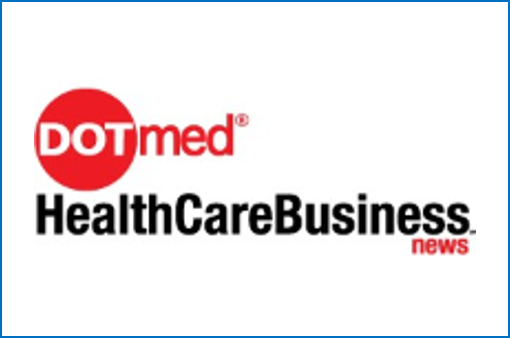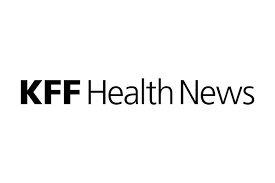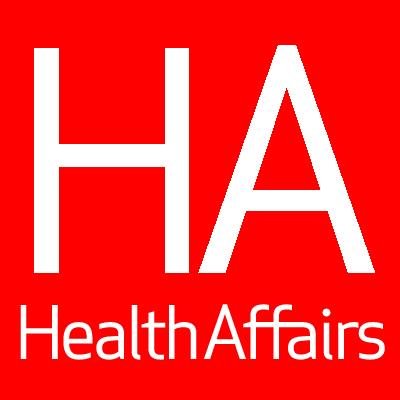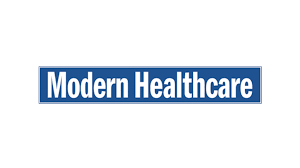Are leaders equipped to lead AI transformation?
Editor's Note As AI rapidly becomes adopted into healthcare systems, C-suite leaders are front and center to bring technologies into practice. But are they feeling prepared? Not necessarily, according to an HFMA survey report published November 12. The survey findings showed leaders’ AI skills are emerging, especially surrounding AI competency.…
Back to Business: Budgeting for Sustainable Staffing Models in the OR

Editor's Note As hospitals face mounting workforce and financial pressures, budgeting skills are essential for today’s OR leaders. In this preview video, Cara Cook and Susie Law, RN, of Smart Healthcare Operations, share highlights from their upcoming session at the OR Manager Conference, "Finance and Productivity in the OR: Budgeting…
Hospital margins stable despite rising drug, supply costs

Editor's Note US hospitals and physician practices demonstrate steady financial performance through the second quarter of 2025, with health system operating margins holding at a median 1.2% year-to-date, according to new data from Strata Decision Technology analyzing more than 1,850 hospitals and 152,000 physicians. DotMed reported the news August 4,…
Providers call for deeper reform despite CMS proposing payment hikes in 2026

Editor's Note CMS is boosting 2026 Medicare outpatient payments by 2.4%, but provider groups warn the increase barely scratches the surface of mounting financial strain. Alongside the payment bump, the agency is proposing a two-track physician reimbursement model that ties rates to value-based care participation. While some see these moves…
Rehab hospitals face scrutiny over safety, profits

Editor's Note Although for-profit rehab hospitals have become highly profitable, a recent KFF Health News report highlights serious safety violations, including patient deaths due to carbon monoxide poisoning, medication errors, and falls. Published July 15, the article delves into recent data and inspections of these facilities, particularly those run by…
Five underreported health changes in 'big beautiful bill'

Editor's Note Although the newly enacted One Big Beautiful Bill Act is best known for major Medicaid cuts and a temporary Medicare Physician Fee Schedule increase, it also carries significant policy changes that could affect providers, patients, and the physician workforce, MedPage Today reported July 11. The article lists five…
Hospital M&A climbs as rural, outpatient shifts reshape care strategies

Editor's Note Hospital mergers and acquisitions saw a slight increase in Q2 2025, but broader shifts in healthcare affiliations and delivery models continue to gather momentum, according to a July 10 Kaufman Hall analysis of M&A activity for the second quarter of 2025. The report recorded eight hospital and health…
Children’s hospitals warn of care limits as Medicaid changes take hold
Editor's Note Children’s hospitals are warning that newly enacted federal healthcare cuts will force them to scale back essential services and programs, jeopardizing care for the very populations Medicaid was designed to protect. The law, signed by former President Donald Trump and detailed in a July 9 article in Modern…
Inflation pushes health systems toward financial austerity

Editor's Note US hospitals and health systems are facing growing financial pressure as inflation drives costs faster than reimbursement can keep up, according to a July 10 article in Health Affairs. Although growing steadily, healthcare spending has been largely stable when measured as a percentage of gross domestic product…
Medicare faces automatic cuts as GOP tax law triggers PAYGO penalties

Editor's Note President Donald Trump’s “One Big Beautiful Bill” could trigger more than $500 billion in Medicare cuts over the next decade unless Congress waives automatic spending rules, according to a July 9 article in Modern Healthcare. As detailed in the article, the legislation’s projected $3.4 trillion increase to the…

 Free Daily News
Free Daily News